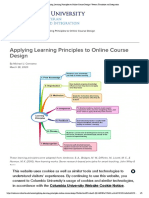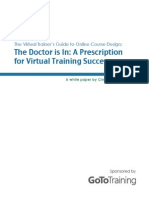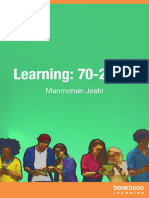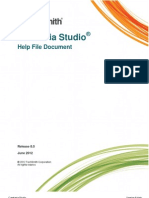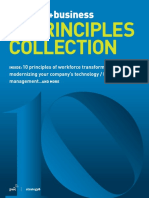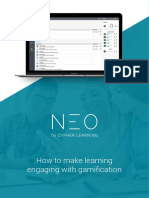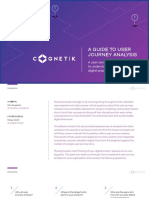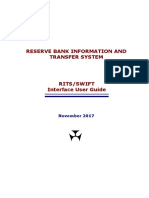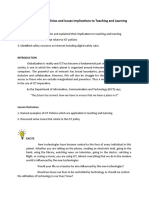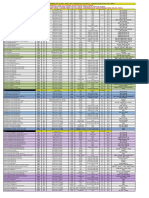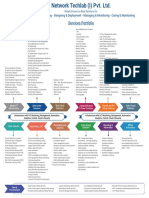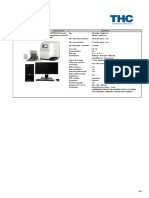0% found this document useful (0 votes)
70 views16 pagesMicro Learning
This e-book serves as a guide to microlearning, providing insights into its definition, effectiveness, and implementation in organizations. It emphasizes the importance of creating short, focused, and independent learning experiences that can be accessed conveniently. The authors also discuss the characteristics of successful microlearning and offer practical advice for training professionals and instructional designers.
Uploaded by
Sarkari MulazimCopyright
© © All Rights Reserved
We take content rights seriously. If you suspect this is your content, claim it here.
Available Formats
Download as PDF, TXT or read online on Scribd
0% found this document useful (0 votes)
70 views16 pagesMicro Learning
This e-book serves as a guide to microlearning, providing insights into its definition, effectiveness, and implementation in organizations. It emphasizes the importance of creating short, focused, and independent learning experiences that can be accessed conveniently. The authors also discuss the characteristics of successful microlearning and offer practical advice for training professionals and instructional designers.
Uploaded by
Sarkari MulazimCopyright
© © All Rights Reserved
We take content rights seriously. If you suspect this is your content, claim it here.
Available Formats
Download as PDF, TXT or read online on Scribd
/ 16






